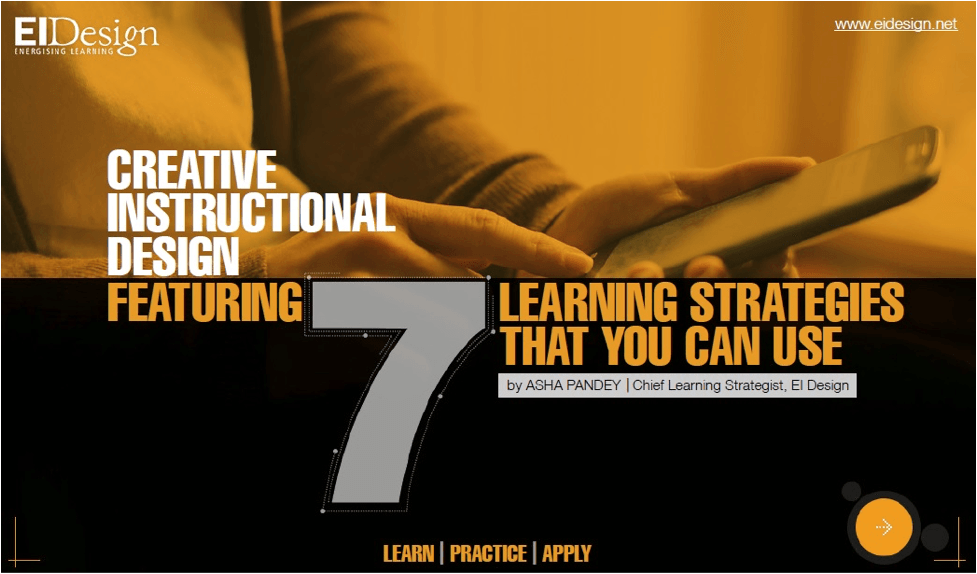Why It Is OK To Be An Accidental Instructional Designer
Monica Savage’s recent blog post on her experience at the Learning Solutions Conference touched on how much she enjoyed, among other things, Cammy Bean’s session on “eLearning Today”. I was interested to hear about her presentation, particularly because I just finished reading Cammy’s 2014 book, The Accidental Instructional Designer. Having often experienced “How did I end up here?” moments with regard to my profession (in the best way possible, of course), it was lovely to crack open a book that begins with stories of how other people embarked on this career path, and the ways that their various backgrounds and skills translated to instructional design. These vignettes drew me in and were an excellent precursor to exploring the practical application aspects of the book.
Structurally, the book is divided into 3 parts:
- Part I provides a general overview of Instructional Design, and here Cammy elaborates on what she calls the “three pillars” of the field: Purpose, intention, and content, and how they interrelate. She also slices up the “pie” of Instructional Design into the four slices of learning, creativity, technology, and business, noting that learning professionals tend to gravitate toward the slices that correspond to their skills and interests.
- Part II is what I would call the “nuts and bolts” section of the book, and is filled with practical tips that instructional designers can apply in their day to day work. Most are fairly common sense, and I image that “accidental” instructional designers probably apply many of these precepts instinctively. Taking it a step further, Cammy also examines why a particular learning strategy might be adapted to a particular type of learning. Her clearly reasoned arguments will, I think, help me better articulate certain strategic decisions to Obsidian clients.
- Part III is a call to action (incidentally, a learning strategy discussed in Part II) that describes additional strategies for those interested in evolving from “accidental” to “intentional”. Again, most are fairly practical, e.g., peer networking, sharing work, connecting in person, taking advantage of available resources, but I was intrigued by how well Cammy’s notion of being a “learning mixologist” relates to the Obsidian Distributed Learning Model as described in Stephen Victor’s recent white paper on the subject.
Overall, what I found supremely relatable is the notion of intention that Cammy explores throughout the book. As learning professionals, we have a choice to make about the kind of Instructional Designers we want to be. We can “sit back and just do [our] jobs or [we can] make a commitment to do [them] with great intention and great passion”. Here at Obsidian, designing with intention is a clear expectation, and I am grateful to be surrounded by a team that recognizes, as Cammy does, that our job is to help other people do their jobs better, and to employ the most effective means of doing so.
Bean, Cammy. The Accidental Instructional Designer: Learning Design for the Digital Age. ASTD Press: Alexandria, VA (2014).








